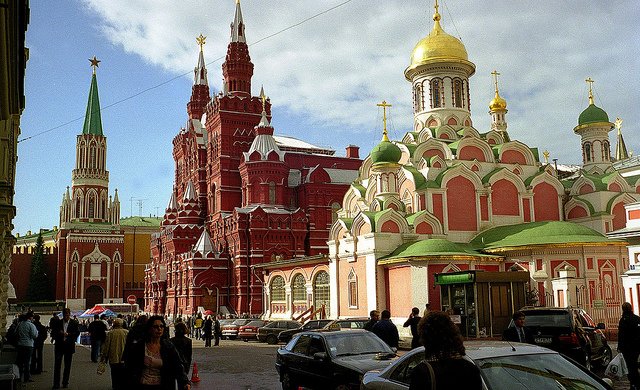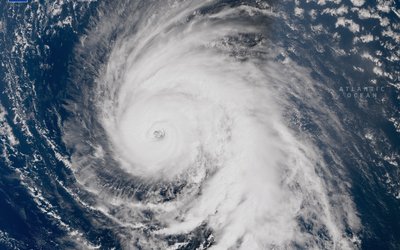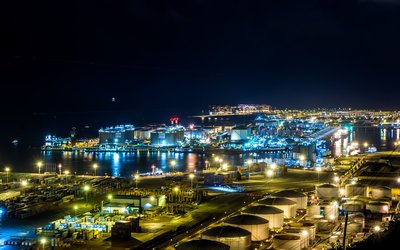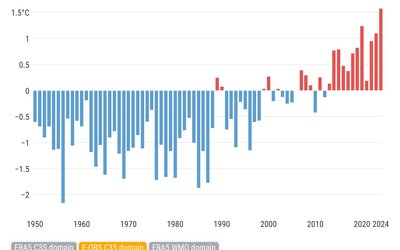
The western Russia heat wave in 2010 led to severe socioeconomic impacts and was likely the hottest summer in the last 500 years in eastern Europe/ western Russia.
The severe 2010 heat wave in western Russia was influenced both by natural climate variability and anthropogenic climate change. Climate variability led to extremely low soil moisture content. Evapotranspiration was very low due to the very dry soil that cannot provide enough water to evaporate. As a result, little of the available surface net radiation was used for evaporation (and turned into latent heat flux) and most of it was turned into surface warming (sensible heat flux).
Looking at the 2010 heat wave, the dry soil moisture alone has increased the risk of a severe heat wave in western Russia sixfold, while climate change from 1960 to 2000 has approximately tripled it. The combined effect of climate change and the extremely low soil moisture yields a 13 times higher heat wave risk. Thus, internal climate variability causing the dry 2010 soil moisture conditions formed a necessary basis for the extreme heat wave.
Anthropogenic climate change increased the probability of occurrence of this heat wave. However, the magnitude of the heat wave was within the range of natural climate variability. Even though climate change had an influence, its contribution to this heat wave magnitude was small compared to that of natural variability.
Source: Hauser et al., 2016. Geophysical Research Letters 43: 2819–2826.
Photo: Thomas Depenbusch (www.flickr.com)








